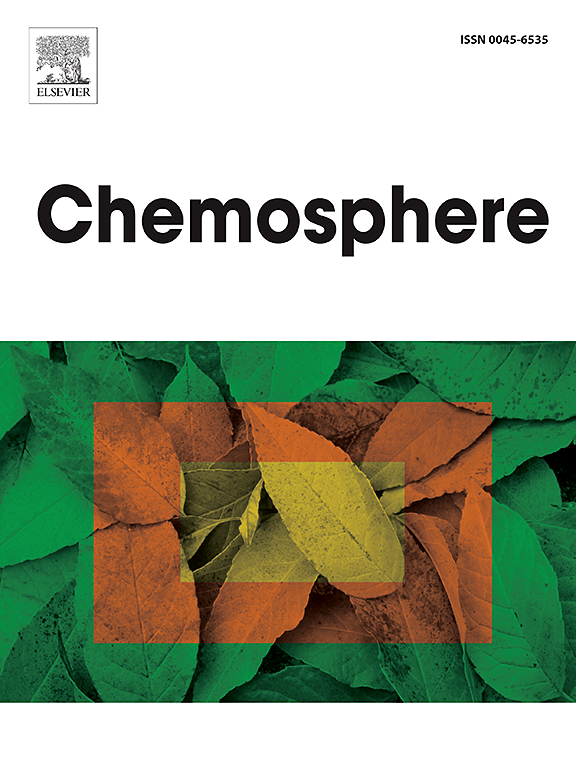Towards a cleaner process for furfural production and pectin extraction from brewery and winery residues
IF 8.1
2区 环境科学与生态学
Q1 ENVIRONMENTAL SCIENCES
引用次数: 0
Abstract
The production of furfural and pectin extraction from brewer's spent grain (BSG) and grape marc (GM) represents a sustainable strategy for valorizing agro-industrial residues either through the recovery or the transformation into high-value compounds. Furfural, a versatile platform molecule with broad industrial applications, and pectin, widely used in the pharmaceutical and food industries, were extracted using an environmentally benign method combining phosphoric acid, thermal treatment, and ultrasound. A Box–Behnken experimental design was employed to evaluate the influence of pH, extraction time, and temperature on product yields. Mathematical models were developed to describe the relationships between the experimental conditions and extraction efficiency, and multi-objective optimization using genetic algorithms was applied to simultaneously maximize furfural concentration and pectin yields. BSG outperformed GM due to its higher hemicellulose and pectin content, yielding greater product concentrations. Optimal simultaneous production of furfural and pectin extraction conditions for BSG were 74.5 °C, 45.1 min, and pH 1.7, resulting in 103.26 mg g−1 dry weight (dw) of furfural and 2.83 % (28.3 mg g−1 dw) pectin. The combination of ultrasound and phosphoric acid effectively disrupted the lignocellulosic matrix, enhancing the recovery of these valuable bioproducts. This approach aligns with the principles of green chemistry and circular economy, offering a promising pathway for the integrated valorization of agro-industrial by-products.

从啤酒厂和酒窖残留物中提取糠醛和果胶的清洁工艺研究
从啤酒酒糟(BSG)和葡萄马克(GM)中提取糠醛和果胶的生产代表了通过回收或转化为高价值化合物来实现农业工业残留物增值的可持续战略。糠醛是一种具有广泛工业应用的多功能平台分子,果胶广泛应用于制药和食品工业,采用磷酸、热处理和超声波相结合的环保方法提取。采用Box-Behnken实验设计,考察pH、提取时间和温度对产物得率的影响。建立数学模型,描述实验条件与提取效率之间的关系,并采用遗传算法进行多目标优化,以同时最大化糠醛浓度和果胶收率。BSG优于转基因,由于其较高的半纤维素和果胶含量,产生更高的产品浓度。BSG同时生产糠醛和果胶的最佳提取条件为74.5℃,45.1 min, pH 1.7,糠醛的干重为103.26 mg g−1 dw,果胶含量为2.83% (28.3 mg g−1 dw)。超声波和磷酸的结合有效地破坏了木质纤维素基质,提高了这些有价值的生物制品的回收率。这种方法符合绿色化学和循环经济的原则,为农工副产品的综合增值提供了一条有前途的途径。
本文章由计算机程序翻译,如有差异,请以英文原文为准。
求助全文
约1分钟内获得全文
求助全文
来源期刊

Chemosphere
环境科学-环境科学
CiteScore
15.80
自引率
8.00%
发文量
4975
审稿时长
3.4 months
期刊介绍:
Chemosphere, being an international multidisciplinary journal, is dedicated to publishing original communications and review articles on chemicals in the environment. The scope covers a wide range of topics, including the identification, quantification, behavior, fate, toxicology, treatment, and remediation of chemicals in the bio-, hydro-, litho-, and atmosphere, ensuring the broad dissemination of research in this field.
 求助内容:
求助内容: 应助结果提醒方式:
应助结果提醒方式:


